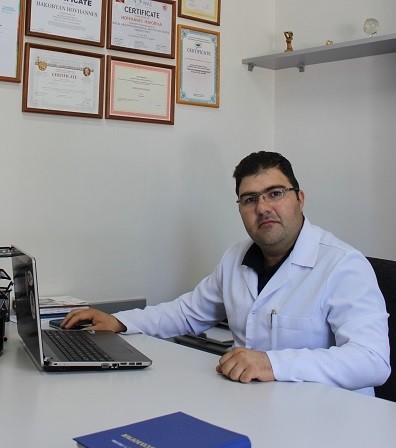In the history of sexual anatomy, the clitoris has long been dismissed and misunderstood. It took science about 2000 years to discover it. 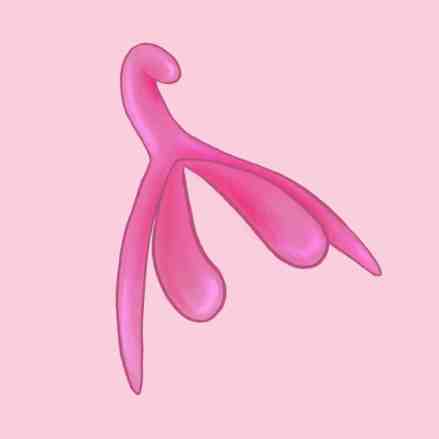
What they really fail to recognize is that the clitoris is an iceberg, about 90 percent of this organ is beneath the surface: The shape of the clitoris explains many things including how female orgasm works and what the g-spot actually is. The clitoris has 8,000 nerve endings, which is at least two to three times as many as the penis. And why has this female organ been neglected?
After all, most of the scientists doing the investigation were men. But in a more practical sense, the penis is a lot easier to study and measure. Whereas the clitoris grows much more internally: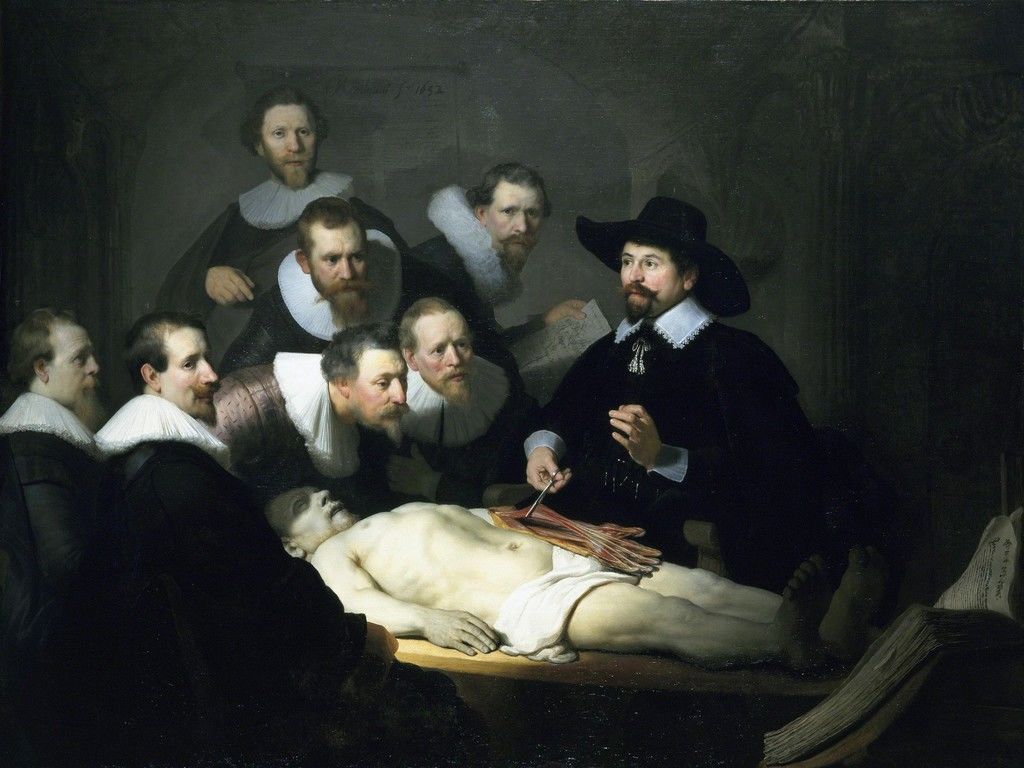
The easiest way to get a body was to get one of a hanged criminal. But a few of these bodies came from women criminals or often women who died in childbirth.
And it was those dissections that changed the way we thought about the female body.
Now let's rewind 2,000 years back to Ancient Greece. Hippocrates never actually dissected a human woman, but he did notice something in the pubic area of women, which he called a "collumella" or little column. And we would today call it the glans clitoris.
Galen said that your lady parts are stunted, underdeveloped, and kind of useless.
In the 16th century in Italy one of the greatest anatomists, Andreas Vesalius still argued that the clitoris was not a thing. He said he couldn't find it in any healthy woman.
But Vesalius's assistant, Realado Colombo, announced that he had discovered a new organ and called it, "Amor Veneris," or the love of Venus. And to his credit he also identified the actual function of the clitoris, he called it "the sublime organ of female pleasure"
These discoveries ushered in a whole new era of clitoral knowledge. That included exquisite illustrations like these ones by a German anatomist named Georg Kobelt.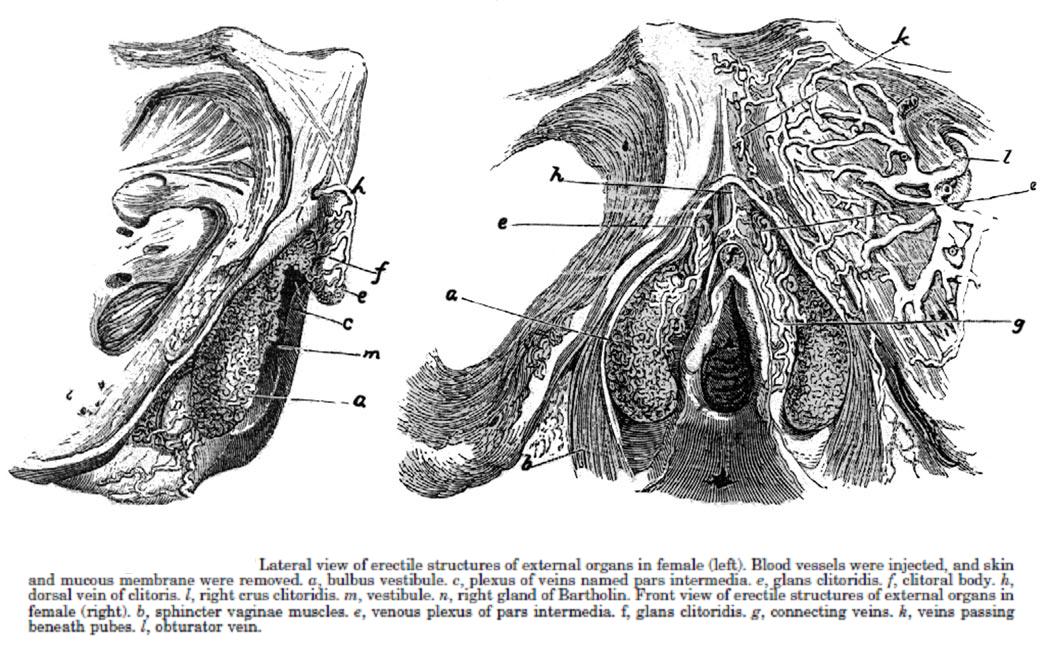
In the 1910s, Sigmund Freud is known as the father of psychoanalysis but he actually started as a medical doctor. He knew what the clitoris was. Freud called the clitoris an "infantile organ." And he said to become a mature woman you had to transfer your orgasm from your clitoris to your vagina. And thus he invented the vaginal orgasm. Despite the fact that his theories were blatantly unscientific they helped turn the clitoris back into something feared and reviled.
In the 1990s, an Australian urologist named Helen O'Connell performed the first MRI images of the clitorises of living aroused women.:
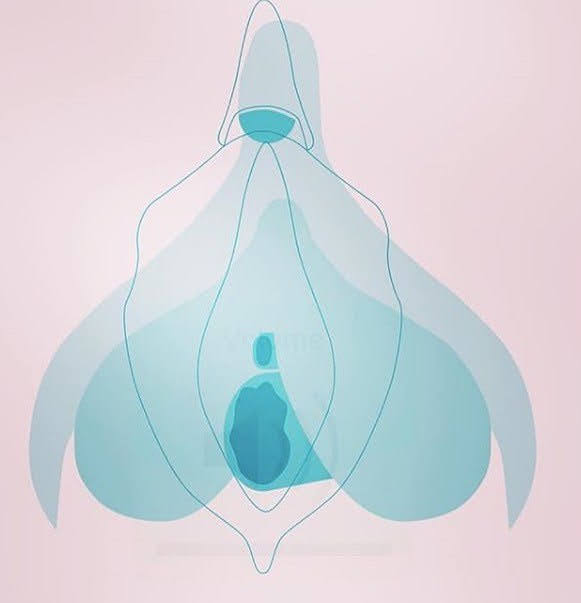 And basically what she found when she published her paper in 2005 was that the clitoris is 10 times bigger than most people thought. This organ was intimately connected to urethra and to the vagina. So O'Connell suggested a new term "clitoral complex." That means that the clitoris is not just an isolated island.
And basically what she found when she published her paper in 2005 was that the clitoris is 10 times bigger than most people thought. This organ was intimately connected to urethra and to the vagina. So O'Connell suggested a new term "clitoral complex." That means that the clitoris is not just an isolated island.
Surveys find that only 18 percent of women have orgasms through vaginal intercourse alone. And studies like these suggest that actually that's not a vaginal orgasm. That's just the stimulation of the clitoris through the walls of the vagina.
And in the same way, what we call the "G-Spot" is really just the back of the clitoris. It's not some new organ.
But what all these people were saying, in different ways is that all orgasms are clitoral. No matter where you feel the sensation it all comes from this one organ.
Source - SciAm





















